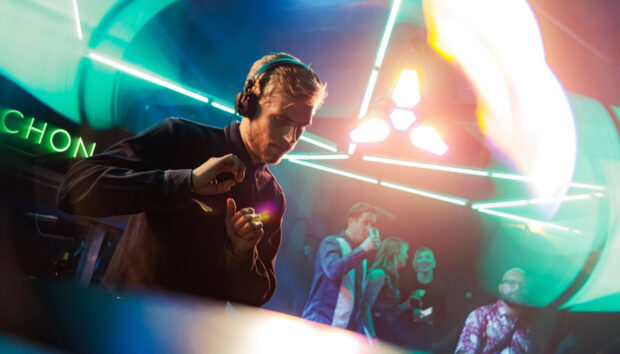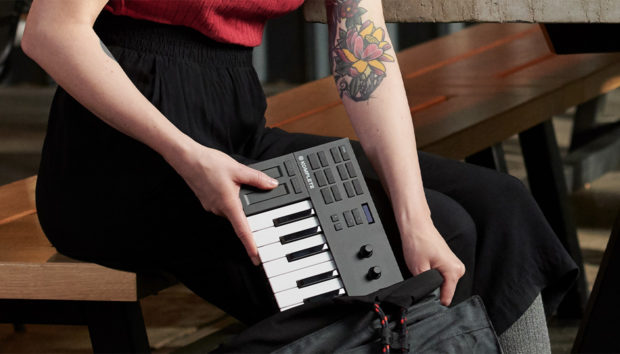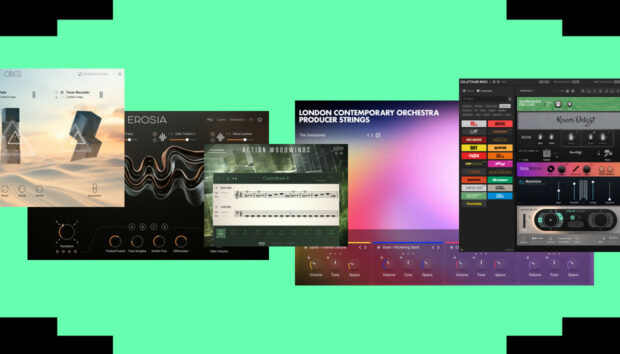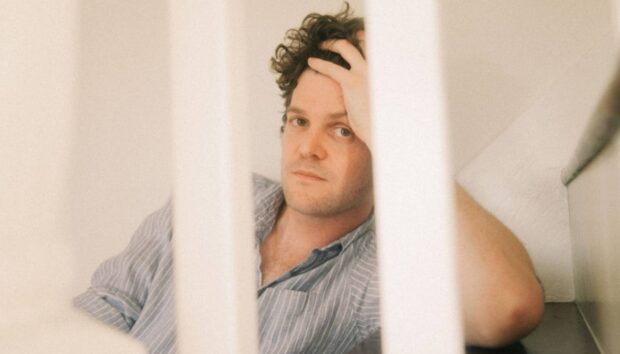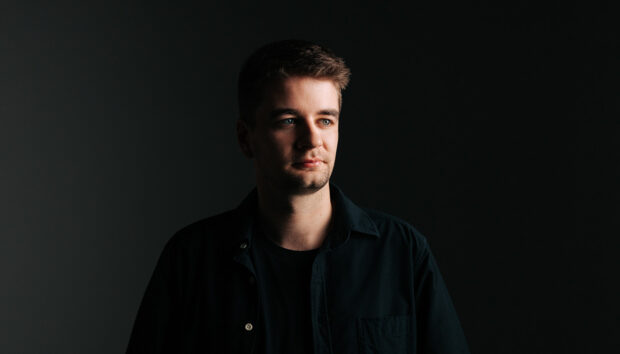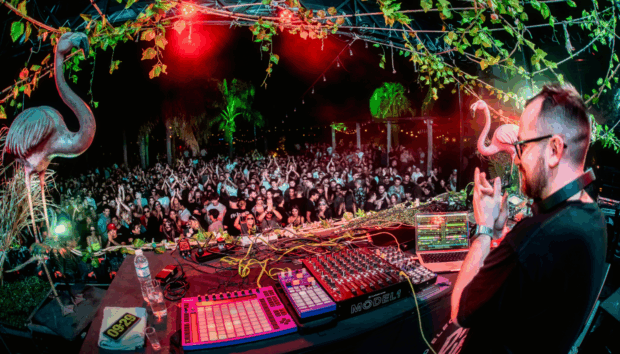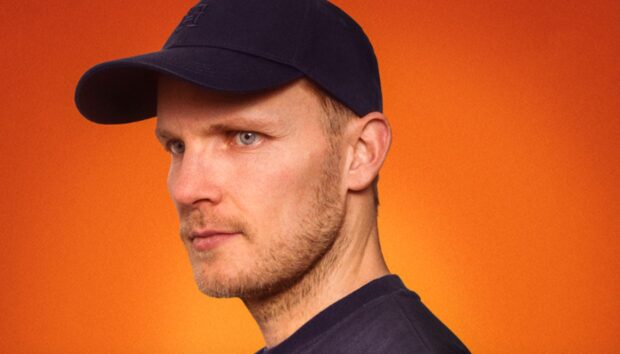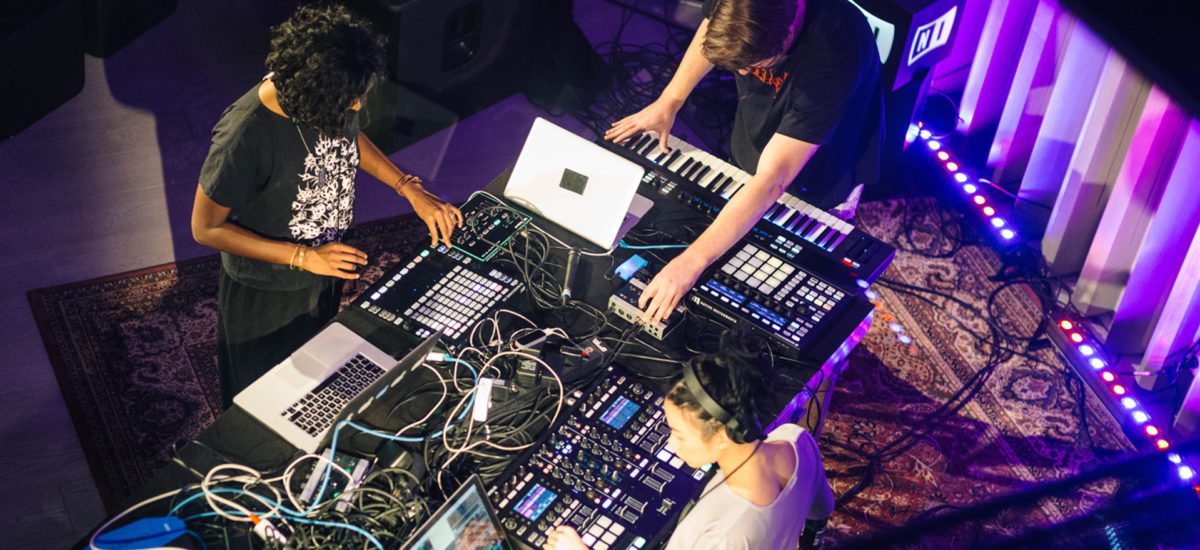
In a series of articles for Native Instruments, PUSH TURN MOVE author Kim Bjørn explores methods for interfacing with music through hardware and software. In this third installment, he explores collaborative setups, instruments, artists, and technology.
Many of the finer things in life are more fun when shared with others. This certainly applies to electronic music creation and performance – and both have their own special requirements once you go “multiplayer”. Let’s get the ball rolling by looking at two different approaches to collaboration.
The two types of teamwork
Distributed collaboration
With this approach, each person plays an instrument and the results are mixed together. This can happen in real time, as in a live performance, or over a longer timespan – for example, a multitrack recording or working on projects remotely.
This is the most common way to collaborate with fellow musicians, be it 80 symphony players following sheet music or a three-piece rock act jamming out.
Here, the Danish Kopenhagen Laptop Orchestra explain how they set up their band structure in an electronic environment:
Centralized collaboration
Here, collaborators gather around a central instrument and perform on it simultaneously – the instrument may be designed for this purpose or not. This is less common, but several instruments and concepts have arisen from the idea that jamming or playing the same instrument at the same time results in a lot of fun.
Here are some examples of collaborative instruments:
The Reactable, famously used by Björk on her Volta world tour back in 2008, was one of the first collaborative instruments with a tabletop multitouch interface. Several simultaneous performers share control over the instrument by moving and rotating physical objects on an illuminated circular surface. Through interaction with objects representing components of a classic modular synthesizer, users can create complex and dynamic sonic topologies comprising generators, filters, and modulators. Today, the Reactable is available as an iOS app.
The Dato Duo is a recent boutique collaborative instrument with a sequencer on one side and a synthesizer on the other side – for kids of all ages:
Elektron’s first keyboard synth, 2003’s Monomachine SFX6, had a limited production run of just 500 units. The special ‘split’ design was intended to be played by two people: one on the knobs ‘n’ buttons, and one on the keys. It later continued as a standalone product without the keyboard attached, but using the same digital synthesis engine and control section.
Several collaborative iPad apps exist for musicians. Playground is a fascinating experience with a somewhat abstract interface — it offers fun interaction and a highly musical outcome.
9 Fast routes into collaboration
If you’re tired of sitting in your bedroom or “synth cave” alone, here are nine ways to get out of the rut and share your creative energy with other musicians, producers, or DJs.
DJ with a partner
Instead of mixing all the tracks yourself, inviting a DJ friend to take care of deck B – or even C, D, and E, if you want to take it further – creates half the work and double the fun. You might even learn some new tricks and cool tracks. DJ Jazzy Jeff gives up tips on collaborative spinning right here:
Remix others’ tracks — and vice versa
Remixing is not always considered collaboration. But if you ask questions and work towards a common goal, it becomes less of a solo activity. As well as being more interesting and enjoyable, commenting on each other’s work can also be very instructive.
Start a band where everyone has a role
Who says a band can’t have four keyboard players, a finger drummer, an effects master and a conductor? Get creative, but make sure you distribute the roles; who plays bass, lead, drums, etc. Be strict with this at first – you can relax the borders later if everything goes smoothly.
For an intriguing example of musical distribution (and complexity) within a band format, drummer Tess Pretty of Tennyson is “fed” various sounds from her brother Luke’s rig to her 24 drumming pads, as she explains in this performative presentation. In other words, she doesn’t always know what sound she is triggering.
In addition, the iPad has inspired many bands utilizing the device as their only instruments. The University of South Florida’s iPad Quintet, Touch, formed shortly after the release of the first iPad. Here they are, showing off, some serious slide, tap and touch skills.
The iPad could become the most common go-to instrument for musical collaboration in the future. Kids in Denmark enjoy being part of The Electronic School Concert concept, where they not only learn about musical concepts, technology, and instruments on the iPad but also end up performing a concert.
Dive deep into one instrument
Your chances of successful collaboration with fellow musicians or producers are higher if you’re really good on (at least) one instrument. We’re so used to play all parts simply because it’s possible – but is it more fun? Focusing on all the techniques and possibilities of one instrument, in particular, creates confidence, spurs creativity and inspires improvisation. Also, it’s a lot easier to fit into a collaboration.
Check out this fun video with Andrew Huang and Dotan jamming in the studio. Clearly, having their favorite instruments, with Dotan on the KOMPLETE KONTROL keyboard, makes jamming and improvising easier and more enjoyable:
Start online collaborations
There are plenty of great opportunities to work with others online, whether you want to hire a musician, find a vocalist, get input on your music, or collaborate on production. Besides inviting people via social media, try collaborative platforms like Bandhub, Blend, Splice, or the first real-time online collaborative DAW, Ohm Studio.
Go ‘multiplayer’ on a DAW
It’s so simple you may not have thought of it, but it’s super-easy to share one computer and connect multiple MIDI controllers. Imagine the bassist on a hardware synth, fed into one channel being processed by another band member controlling effects on a MASCHINE JAM. Besides a keyboard player connected via a MIDI keyboard, like the KOMPLETE KONTROL, the “drummer” could be using the MASCHINE to lay down that gritty beat. It’s much easier to keep in sync, switch tracks and keep a consistent master output if you’re simply sharing the same DAW.
Share an instrument
Also not so obvious — besides four-handed piano playing — is the possibility of sharing one instrument. There have been various attempts at creating collaborative electronic instruments, some of which are covered earlier in this article. When you’re playing the same instrument, it creates a more connected social experience for the players.
Hit the stage
One of the best ways to be discovered by potential future collaborators is to get out there on the stage. When fellow musicians hear and see your potential, they may well take the initiative and get in touch about working with you. You never know what this can lead to down the road. Be open, visible and audible.
Lady Starlight and Surgeon started collaborating when playing live. In this video, we get a sneak peek into their distributed roles:
Make it up as you go along
If participants have preconceived ideas of the songs they want the others to play, the collaborative spirit can fall flat. So why not start by improvising together instead? You get to learn and explore each others’ musical languages and slowly start communicating on a more basic and fundamental level.
Kiasmos is the long and successful collaboration between Icelandic Ólafur Arnalds and Janus Rasmussen from the Faroe Islands. Their process for creating material is described as Ólafur sitting by the piano improvising to the beats and loops from Janus’ computer. Their live performance at last year’s Airwaves festival clearly shows how they create their sound and evolving tracks:
Two essential elements of great-sounding collabs
So you’ve got your collab game on — but the results sound more like “every man for himself” than a paragon of musical teamwork. To overcome this, there are two vital aspects that must be considered in achieving your group’s desired groove and sonic impression.
Synchronization
Tight timing synchronisation – or a deliberate lack of it – can be vital to your groove. If you’re playing heavily arpeggiated Berlin-school music, you probably want all collaborators to be synchronized by MIDI or wirelessly via Ableton Link. If you’re doing freeform jazz or sloppy hip-hop beats with freestyle rap, you probably don’t need to. In all cases, you want to be able to skip beats or tap the tempo to stay in time. In this case, MASCHINE has a tempo control that you simply just tap to adjust.
Contrast
Just as we use mixing and arrangement techniques to carve out a space for each of the instruments in a mix, similar considerations should be made in your collaborative ensemble, to give each member their own space. Use contrast in frequency (bass/treble), rhythm (fast/slow), voicing (melody/chords/bassline), timbre, and other audible — and, if performing, visible — elements. By assigning clear roles from the start, it’s much easier to come up with complementary parts and performances – just like the cello, and the violin with the viola in between, in a classical orchestra.
The many works of electronic musician Alva Noto with film composer Ryuichi Sakamoto provide captivating examples of contrasting performance and collaboration — here’s one to check out:
PUSH TURN MOVE is a new book on electronic music instruments and a must-have for every synth and design freak. It was rapidly funded in 2017 on Kickstarter and has reached thousands of readers in 55 countries. With a foreword by electronic music visionary Jean-Michel Jarre, the book celebrates the art and science of interface design in electronic music by exploring the functional, artistic, philosophical, and aesthetic worlds within the mysterious link between player and machine. Check the book out here.
KIM BJØRN is an electronic musician, composer, and designer with a profound interest in the interactions between people and machines. Based in Copenhagen, he gives regular talks and workshops within the creative field of interaction and design, has released six albums of ambient music and has performed live at venues and festivals around the world.









